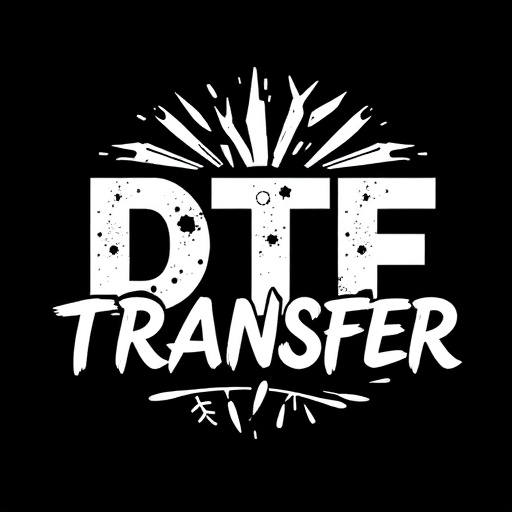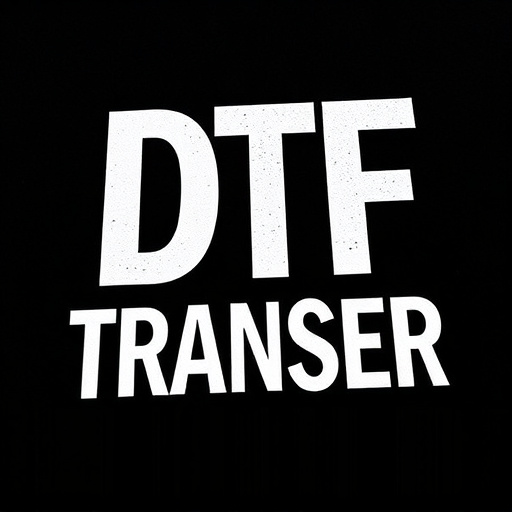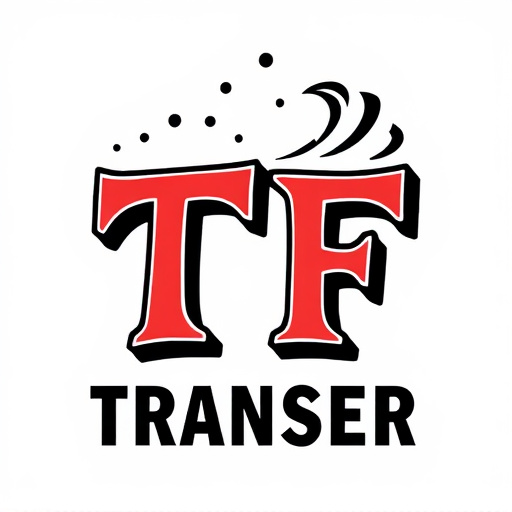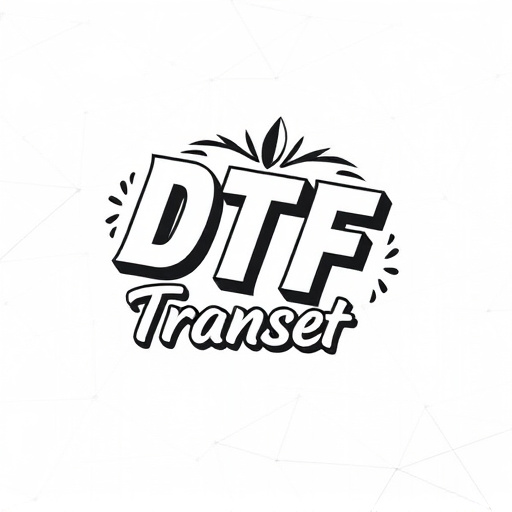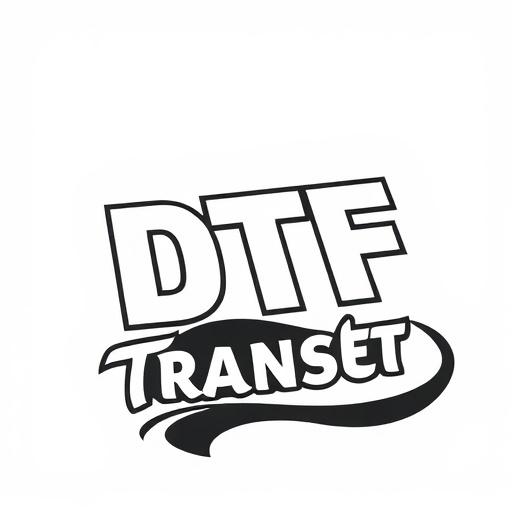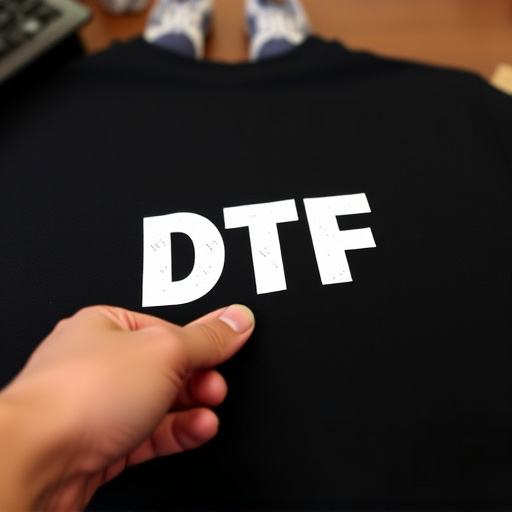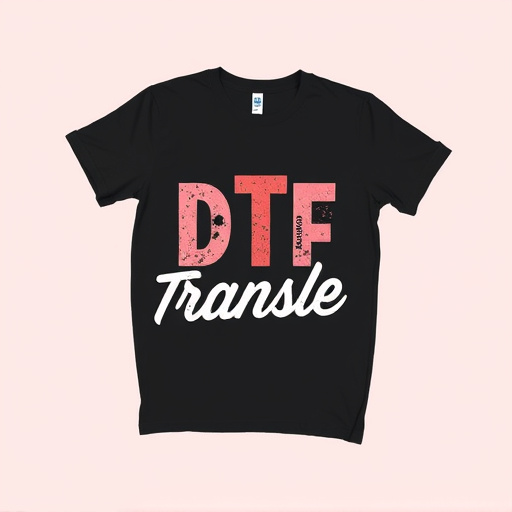Direct-to-Film (DTF) transfer technology is a versatile digital printing method for custom designs on various films, streamlining production of items like stickers, labels, and packaging. It offers high-quality, on-demand printing with faster turnaround times, accommodating intricate patterns, vibrant colors, and unique textures. Delivery time for DTF products depends on design complexity, material type, logistics, and shipping methods, including express or standard options. Customizing a DTF order requires understanding the 7-14 business day processing timeline. Efficient logistics, tracking, and communication are vital for successful large-scale DTF distributions, ensuring timely deliveries and customer satisfaction.
“In the realm of direct-to-film (DTF) products, understanding delivery options and timeframes is crucial for successful product distribution. This article delves into the intricacies of DTF transfers, exploring factors that influence delivery times, comparing express vs. standard shipping, and providing timeframe considerations for customized orders. Additionally, it highlights efficient logistics for large-scale distributions, while emphasizing the importance of tracking and communication in ensuring timely delivery. By understanding these elements, businesses can optimize their DTF strategies.”
- Understanding Direct-to-Film (DTF) Transfer: A Quick Overview
- Factors Influencing Delivery Time for DTF Products
- Express vs. Standard Shipping Options: What's the Difference?
- Timeframe Considerations for Customized DTF Orders
- Efficient Logistics for Large-Scale DTF Distributions
- Tracking and Communication: Ensuring Timely Delivery
Understanding Direct-to-Film (DTF) Transfer: A Quick Overview
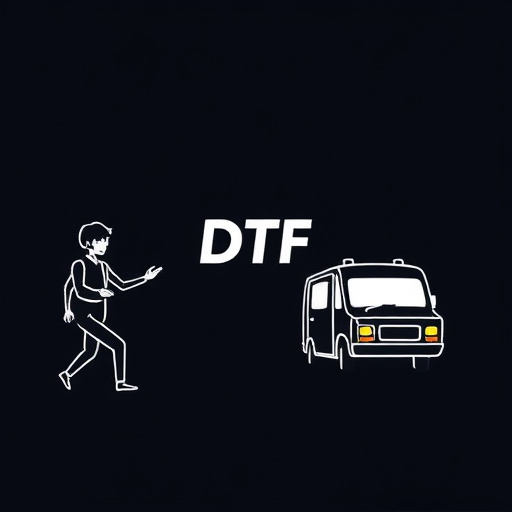
Direct-to-Film (DTF) transfer is a cutting-edge technology that allows for the digital printing of custom designs directly onto various film surfaces, opening up a world of possibilities for creative expression. This innovative process streamlines the production of specialized products like stickers, labels, and packaging, eliminating the need for traditional printing methods. With DTF, businesses can achieve high-quality, on-demand printing, resulting in faster turnaround times and greater flexibility in design customization.
The beauty of a DTF Transfer lies in its versatility. It enables the reproduction of intricate patterns, vibrant colors, and even unique textures directly onto films, making it ideal for applications ranging from marketing materials to specialized industrial coatings. This technology has revolutionized the way businesses approach product branding and packaging, offering an efficient, cost-effective solution for those seeking a distinctive, personalized touch in their marketing efforts.
Factors Influencing Delivery Time for DTF Products

Several factors significantly influence the delivery time for direct-to-film (DTF) products, a key consideration for customers and businesses alike. Firstly, the complexity of the DTF transfer process plays a crucial role; intricate designs or high-resolution images often demand more time for precise printing and application onto the chosen surface. Secondly, the type of material being used affects turnaround times; different substrates have varying preparation, printing, and drying requirements. For instance, fabric materials may need additional steps for pre-treatment to ensure optimal print quality.
Logistics and shipping also contribute to delivery timelines. Remote locations or areas with limited access can extend delivery timeframes due to potential delays in transportation. Moreover, the size and weight of the final product matter; larger DTF prints might require specialized packaging and shipping methods, impacting overall transit times. Weather conditions and unexpected events can also cause disruptions, adding variables to the estimated delivery schedules for DTF products.
Express vs. Standard Shipping Options: What's the Difference?

When it comes to receiving your direct-to-film (DTF) transfer products, understanding the difference between express and standard shipping options is key. Express shipping, as the name suggests, offers a faster turnaround time, ensuring your order reaches you in a matter of days rather than weeks. This option is ideal for those who need their DTF transfers urgently, perhaps for a last-minute event or production deadline.
Standard shipping, on the other hand, provides a more economical and reliable service. While it may take slightly longer, typically around a week or so, it offers a lower cost and is suitable for orders where time sensitivity isn’t a primary concern. Both options have their advantages, catering to different customer needs and preferences in the DTF transfer process.
Timeframe Considerations for Customized DTF Orders

When placing a customized direct-to-film (DTF) order, it’s crucial to understand the timeline involved. The process of creating a unique DTF product requires time for design, production, and quality control checks. Generally, orders take between 7 to 14 business days from the moment you place them, depending on the complexity of your design and the size of the quantity requested.
For instance, intricate DTF transfers with detailed artwork or multiple colors might demand more time for precision. Similarly, larger orders will naturally extend the turnaround period. It’s advisable to contact the manufacturer for an estimated timeline, ensuring you set realistic expectations and receive your customized DTF products within your desired timeframe.
Efficient Logistics for Large-Scale DTF Distributions

Efficient logistics are paramount for large-scale Direct-to-Film (DTF) distributions. Streamlined processes, including optimized routing and real-time tracking, ensure that content is delivered promptly to various distribution points. This involves sophisticated technology integration, such as GPS monitoring and automated inventory management systems, which minimize delays and maximize reliability.
For DTF transfers, effective coordination between production teams, shipping carriers, and receiving facilities is crucial. Strategic planning accounts for peak demand periods, allowing for adequate resourcing and capacity to handle bulk deliveries without compromising quality or speed. This holistic approach guarantees that films reach their destinations on time, enhancing overall customer satisfaction and fostering positive relationships within the industry.
Tracking and Communication: Ensuring Timely Delivery

Effective tracking and communication are vital components in ensuring timely delivery for direct-to-film (DTF) products. With a DTF transfer, customers want to know their order’s status throughout its journey from production to their doorstep. Reliable tracking systems provide real-time updates, allowing clients to monitor the progress of their deliveries. This transparency builds trust and reduces the likelihood of delays or missing packages.
Moreover, open communication channels between the delivery service and the customer are essential. Prompt notifications about shipping statuses, potential delays, or changes in delivery schedules can significantly enhance the overall DTF transfer experience. Customers appreciate being kept informed, ensuring they are not left in uncertainty regarding their orders’ timelines.








